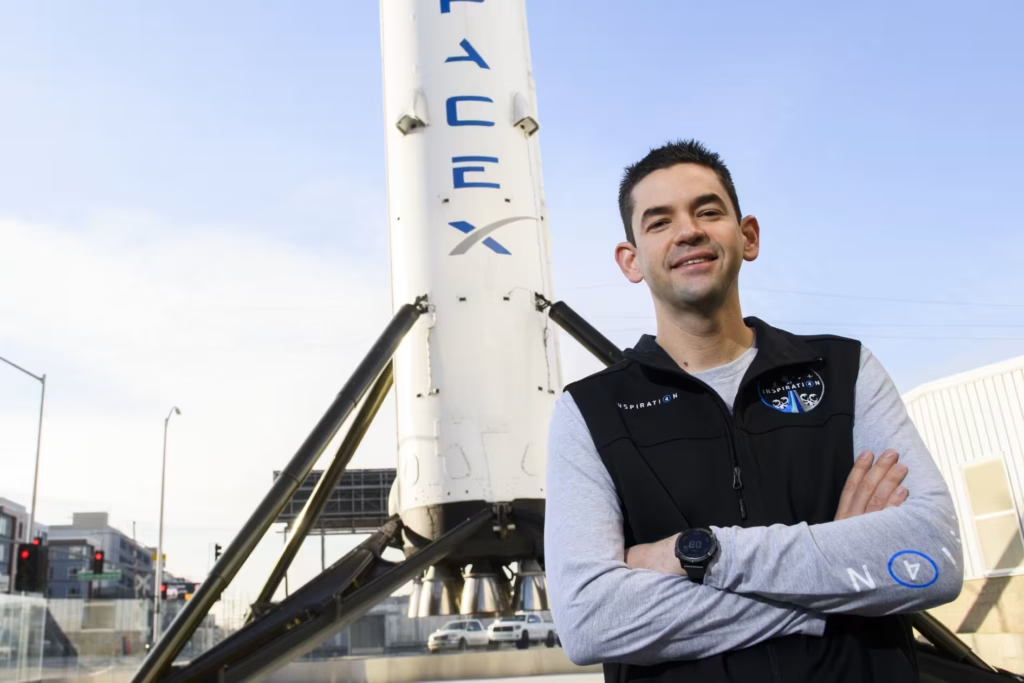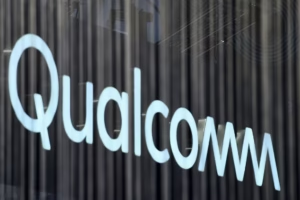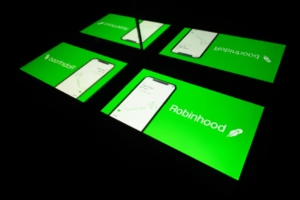Jared Isaacman, the founder of Shift4 Payments, has traveled to space twice with SpaceX. He accomplished the first commercial spacewalk in 2024.
President Donald Trump has nominated tech millionaire Jared Isaacman to manage NASA for the second time, putting him back in the running. For Elon Musk, who has criticized NASA’s current commander for plans to reopen a significant federal contract given to his SpaceX, this is wonderful news.
With backing from the industry, Isaacman, the creator of Shift4 Payments (FOUR), a payment processing startup, was initially nominated last year. However, following a brief spat with Musk in May, Trump withdrew his support and named Transportation Secretary Sean Duffy as NASA’s acting administrator.
The president said in a statement on Tuesday that Isaacman is “ideally suited” to manage NASA, but he did not provide an explanation for his re-nomination. Previously, he had stated that it was “inappropriate” for Musk’s “very close friend” to be in charge of NASA.
After making two space flights on SpaceX’s rockets, including one in 2024 where he accomplished the first commercial spacewalk, Isaacman has stated that he warmed up to Musk, who backs his candidacy.
According to a March letter to an ethics official, he also has financial ties to SpaceX, a significant government contractor, but has promised to cut them off if the Senate confirms them. Concerns about conflicts of interest have been disregarded by him; in June, he told the “All-In” podcast that he doesn’t feel “beholden” to Musk.
Additionally, the industry seems prepared to support Isaacman like it did the first time. Isaacman’s “messianic zeal” for the industry and business ability are a mark in his favor, according to Phil Scully, co-founder of Balerion Space Ventures, an investment firm that focuses on early- to mid-stage private space enterprises.
As NASA competes with China, which just declared it is on track to land a person on the moon by 2030, the Commercial Space Federation, whose members include SpaceX, Blue Origin, and Rocket Lab (RKLB), said Tuesday that Isaacman has the “right stuff” to lead the agency.
During a congressional hearing in September, former NASA administrator Jim Bridenstine stated that it is “highly unlikely” that NASA’s Artemis mission, which plans to send humans to the moon in 2027, will be able to outshine China.
Due to delays from SpaceX and other contractors, like as Boeing (BA), which is creating the Space Launch System (SLS) intended to transport humans to the moon, critics like Bridenstine are dubious. In order to land humans on the moon, SpaceX is developing a modified version of its Starship rocket.
See Also: Starship has finished its final 2025 trip. what Musk’s SpaceX will do next.
Duffy has criticized SpaceX for its delays in creating a lunar lander based on their Starship rocket, while Isaacman has asked for the costly SLS to be phased out after its initial flights. Duffy announced last month that NASA would reopen the lunar lander’s $2.9 billion contract.
It’s a fantastic business. “They’re behind,” Duffy stated on October 20. In his social media response, Musk referred to him as “Sean Dummy” and implied that he had a “two digit IQ.”
SpaceX claimed to have shared a “simplified” version of its intended lander with NASA in a blog post last week. According to the New York Times, its main competitor, Jeff Bezos’s Blue Origin, has put out a plan that does away with the necessity of mid-flight propellant transfer, which is a major obstacle for SpaceX.
Musk has previously referred to the moon as a “distraction” from his objective of reaching Mars, which is the company’s primary aim, notwithstanding SpaceX’s efforts on the Artemis mission. In contrast, Isaacman has argued that NASA can concentrate on completing both missions to the moon and Mars.
Politico, citing a leaked 62-page list of proposals Isaacman helped develop, said his vision for NASA will likely streamline the agency and boost its reliance on the commercial sector. For the fiscal year 2026, the Trump administration has proposed a 24% budget decrease to NASA, including significant reductions in funding for science research, which Isaacman has referred to as “optimal.”
Similar to Musk’s proposal for the so-called Department of Government Efficiency, Isaacman said in a statement responding to the leaked paper that he would have NASA expedite its “drawn-out” downsizing in order to establish a “data-driven reorganization” that eliminates bureaucracy. This year, NASA announced layoffs and allowed thousands of workers to participate in a deferred resignation program.
Additionally, Isaacman’s strategy is that NASA use a “science-as-a-service” approach in which the government buys data from firms like Planet Labs (PL) and BlackSky Technology (BKSY) that already have satellite constellations. He went on to say that NASA ought to establish a real-life “Starfleet Academy,” a facility from the fictitious “Star Trek,” to train businesses to function in the “space economy.”
According to Scully, “NASA has done a great job of leading things to this point,” but other businesses are “probably” better equipped to fulfill some duties. “It’s just a natural evolution.”





